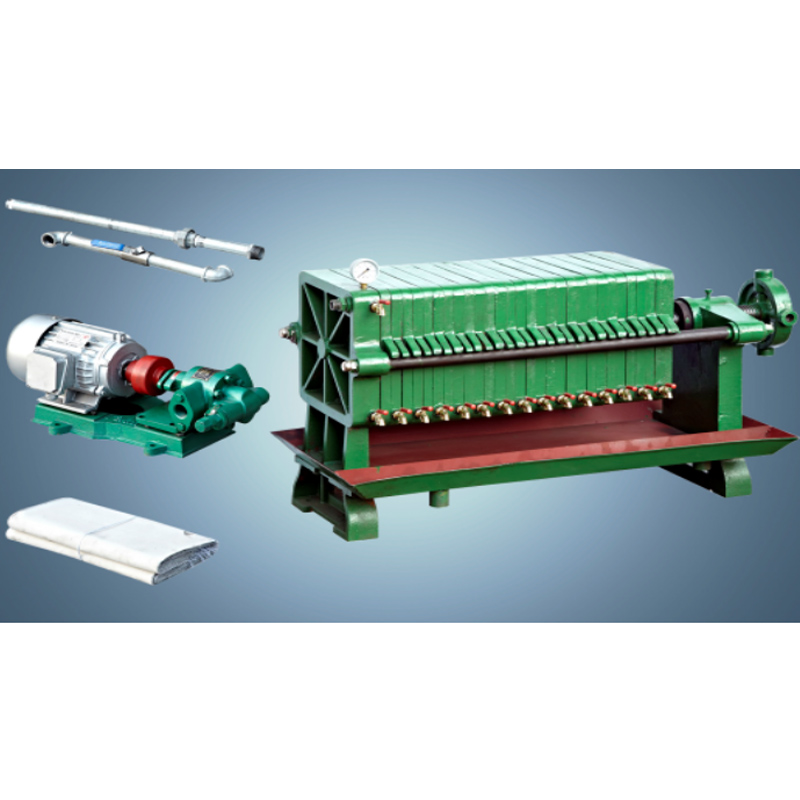Aug . 01, 2024 04:51 Back to list
Innovative Horizontal Plate Filter Press Solutions for Efficient Liquid Solid Separation Processes
Custom Horizontal Plate Filter Press A Comprehensive Overview
In various industrial applications, the separation of solids from liquids is a critical process. One of the most efficient technologies employed for this purpose is the filter press, with the custom horizontal plate filter press being a noteworthy innovation in this field. This article explores the features, benefits, and applications of custom horizontal plate filter presses, highlighting their significance in modern filtration processes.
What is a Horizontal Plate Filter Press?
A horizontal plate filter press is a mechanical device used for liquid-solid separation. Unlike traditional vertical filter presses, which stack plates vertically, horizontal filter presses arrange filter plates in a horizontal layout. This unique design allows for easier access, more efficient operation, and enhanced filtration performance. The custom nature of these devices allows for adaptability in size, material, and functionality to meet specific industrial needs.
Key Features
1. Design Flexibility One of the standout features of custom horizontal plate filter presses is their ability to be tailored to specific requirements. Industries can choose the dimensions, materials, and configurations that best suit their filtration demands. This flexibility ensures optimized performance and greater efficiency in the separation process.
2. Increased Filtration Area The horizontal configuration facilitates a larger filtration area compared to traditional designs. This aspect increases the capacity for filtering larger volumes of liquid, making it ideal for industries requiring high throughput.
3. Ease of Maintenance The horizontal design allows for easier access to the filter plates, which simplifies the maintenance and cleaning process. This advantage minimizes downtime, ultimately leading to enhanced productivity.
4. Enhanced Automation Many custom horizontal plate filter presses incorporate advanced automation technologies. Features such as automatic cake discharge, pneumatic plate shifters, and integrated monitoring systems lead to streamlined operations and reduced labor costs.
5. Environmental Compliance Modern filtration systems are designed to facilitate compliance with environmental regulations. The custom horizontal plate filter press minimizes waste and improves recovery rates, making it more environmentally friendly.
custom horizontal plate filter press

Benefits
The implementation of custom horizontal plate filter presses provides numerous benefits to industries. Firstly, they offer higher efficiency in the separation process, which can lead to increased production rates. Secondly, custom models can be configured to handle specific materials and particles, ensuring better filtration and cake quality. Thirdly, these systems often consume less energy than traditional filtration methods, contributing to lower operational costs.
Applications
Custom horizontal plate filter presses find applications across a wide variety of sectors, including
- Food and Beverage In this industry, filter presses are essential for separating solid particles from liquid food products, ensuring product purity and quality. - Chemical Manufacturing They are widely used for filtering out solids from chemicals during production, which is crucial for processes requiring high purity levels.
- Mining and Minerals Filter presses play a key role in dewatering slurries, reducing waste and enhancing recovery rates of valuable materials.
- Pharmaceuticals In the pharmaceutical industry, stringent quality controls necessitate the use of reliable filtration technologies, making custom horizontal plate filter presses an ideal choice.
Conclusion
The custom horizontal plate filter press represents a significant advancement in filtration technology, offering numerous advantages over conventional systems. Its flexibility, efficiency, and ease of use make it a highly sought-after solution for a variety of industries. As businesses continue to prioritize quality, efficiency, and environmental sustainability, the role of custom horizontal plate filter presses in achieving these goals will undoubtedly grow, solidifying their place in modern industrial applications.
-
Leading Food Oil Refined Unit Companies | Quality & Efficient Solutions
NewsAug.27,2025
-
Expert Food Oil Refined Unit Companies | Advanced & Efficient Refining
NewsAug.26,2025
-
Food Oil Refined Machine Companies: High-Efficiency Oil Refining
NewsAug.25,2025
-
Popular Commercial Oilseed Crushing Machinery | High-Yield Oil Expeller Press
NewsAug.24,2025
-
Food Oil Refined Unit Companies: Leading Manufacturers & Exporters
NewsAug.23,2025
-
Expert Oil Filter Machine Service & Solutions | Quality & Reliability
NewsAug.22,2025
